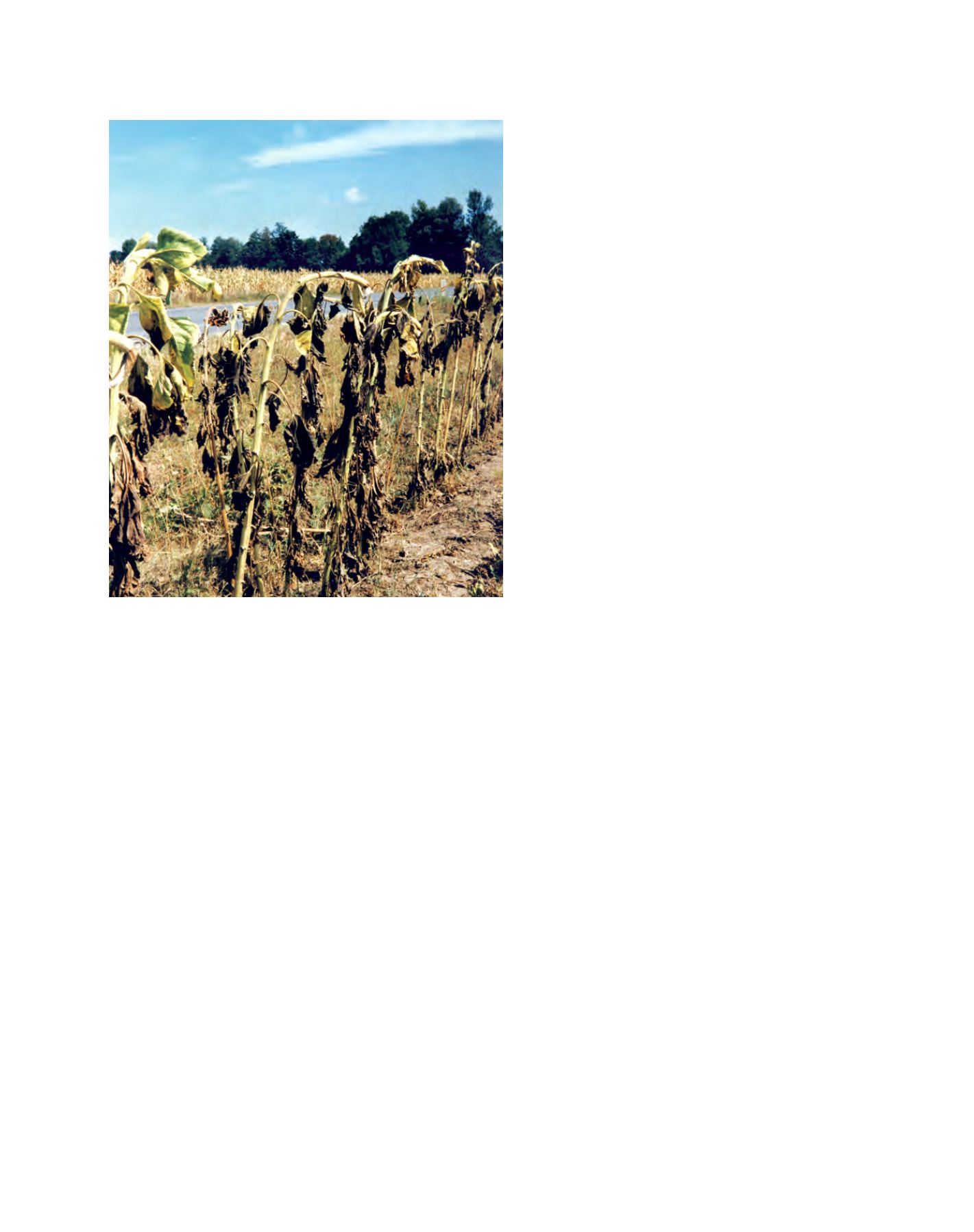

[
] 217
R
isk
G
overnance
and
M
anagement
not possible to monitor the development of drought using a single
meteorological parameter. The most frequently adopted solution to
this problem is to combine various parameters into drought indicators,
which at least enable us to follow its developing characteristics.
The World Meteorological Organization defines a drought index
as: ‘an index which is related to some of the cumulative effects of
a prolonged and abnormal moisture deficiency’. A drought index
should meet several basic criteria:
• The timescale should be appropriate to the problem at hand
• The index should be a quantitative measure of large scale, long-
continuing drought conditions
• The index should be applicable to the problem being studied
• An accurate long-term past record of the index should be avail-
able or computable
• The index should be computable on a near real-time basis.
A fundamental mission of the DMCSEE is to integrate these crite-
ria through an effective drought monitoring system, which will be
able to show regions experiencing drought conditions. In order to
achieve this goal, DMCSEE is developing a monitoring system that
is based on a synthesis of multiple drought indices.
International cross-border cooperation is of great importance, as
demonstrated by past examples, such as the establishment of an
international operational weather analysis system. Measurements
were standardized and a global telecommunications system was
established. Regional drought monitoring is now facing a similar but,
due to the complex nature of the problem, even more challenging
task. Standardization of drought index calculations and
the establishment of exchange procedures are the first
logical steps for regional networks such as DMCSEE.
Vulnerability and risk assessment
One of the main aspects of drought mitigation and
planning is the assessment of vulnerability, which
is the essential ingredient of valid risk assessment.
Understanding of the hazard and the factors that
influence vulnerability must be improved in order
to increase our ability to reduce drought impact.
Estimation of vulnerability to the impact of drought
lacks standardization, but fortunately several tools
and methodologies are available to counter this.
The US National Drought Mitigation Centre’s
How
to Reduce Drought Ris
k
2
document guides the reader
through step-by-step procedures that result in iden-
tification of drought impacts, vulnerabilities and
their underlying causes. Additional information can
be obtained from the results of the MEDROPLAN
project.
3
The project resulted in the publication of
drought management guidelines, which define a
methodology for risk assessment in order to improve
water management and introduce proactive planning.
A similar approach is followed in further attempts at
risk assessment in Italy
4
and Hungary.
5
The intention is to develop a methodology for
regional drought risk assessment for Southeastern
Europe together with our partner institutions
based on the above mentioned examples. However,
Slovenia, in common with many countries and insti-
tutions in the region, has taken initiatives to prepare
a draft risk assessment of drought impact. Agriculture
is the logical choice to start with due to its high expo-
sure to water shortages. A combination of different
approaches to risk estimation has more potential
than the application of a single method. Analysis
of drought literature and data availability led us to
the assumption that a first approximation should be
made on the basis of two biophysical factors: climate
and soil type, and two social factors: land use and
available irrigation infrastructure.
Implementation of these four factors enabled us to
produce a draft vulnerability map for a small agricul-
tural region in western Slovenia. Negative impacts were
assessed with the help of interaction matrices – a tool
which is frequently implemented for examining envi-
ronmental vulnerability. Interaction matrix methods
allow more control and tuning of combinations of
impact factors than traditional approaches, such as
weighted linear combination. This feature is important
for areas where many unfavourable factors interact and
cause increased risk of drought impact. It is important
that final analysis delineates such areas and informs
users of increased risk.
Site and country-specific studies are useful and neces-
sary for understanding the potential impact of drought,
to assess vulnerability, and to develop useful drought
vulnerability mitigation and adaptation strategies.
Severe drought impacts, which have occurred frequently in Slovenia in recent
decades, are raising concerns
Image: EARS
















